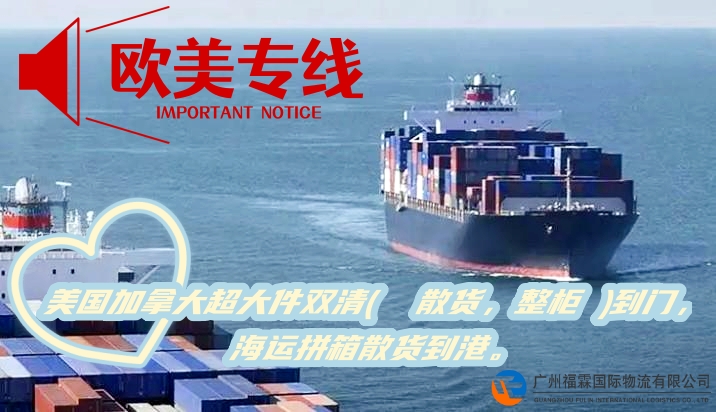This summer, the dry bulk and container shipping markets have seen a decline in earnings. Many attribute this to congestion relief, but data from VesselsValue shows that while congestion has eased, it is still at a high level.
Economic theory suggests that congestion relief will bring a large number of vessels back into the market and quickly increase the supply of available capacity. However, VesselsValue's data tools show that congestion continues, but has simply shifted to less visible areas, so the decline in freight rates should not be blamed for this.
Continued congestion Analysts believe that port congestion is a huge black hole that sucks up productive shipping capacity because ships are only productive when they are moving.
The percentage of the unmoved dry bulk and container fleets are both near their highs at the time of the epidemic, at 17 percent and 9 percent, respectively. This includes vessels under repair and inspection in shipyards and a very small number of idle vessels. However, the vast majority are vessels waiting to load or unload cargo.
As a result, port congestion has not improved significantly, thus affecting the cargo market.
China Ocean Shipping eJournal The most obvious shift in congestion occurred in the United States.
At the beginning of the outbreak, the West Coast ports of Los Angeles/Long Beach were affected by a labor shortage as many workers were asked to "stay home". This caused delays not only in loading and unloading containers at major U.S. import hubs, but also inland distribution by truck and train. As port yards are rapidly filling up, container ship congestion is getting worse.
By the end of 2021, ships were required to stay at anchor 200 nautical miles offshore where they could not anchor, so it was difficult to tell which ships were still using engine power. After that, shipping companies will first shift some routes to other ports on the West Coast, and by 2021 start to shift to the U.S. East Coast. But U.S. East ports are also facing employee absenteeism and rising demand for commodities.
This is the reason for the increased congestion at ports such as New York and Savannah. in August 2022, the average waiting time for ships to berth on the U.S. East Coast rose to 51 hours from 12 hours under normal conditions.
China Ocean Shipping eJournal European Energy Conversion Rising congestion levels in dry bulk shipping have come as a bit of a surprise to the market. As the chart below shows, the average wait time for dry bulk vessels in Northwest European ports was above the historical upper limit for most of the first five months of 2022.
During a two-week period in late May and early June, waiting times spiked from 26 hours to 45 hours and peaked at 52 hours in late July.
China Ocean Shipping eJournal In an effort to transition to clean energy, European power companies have abandoned coal for a long time.
Geopolitical conflicts have led to spiraling gas prices, and long, hot, dry summers have lowered river levels and limited hydropower. And Germany and France are steadily sequestering aging nuclear plants.
The port of Rotterdam is a major coal import port for Northwest Europe, while France and Germany, which have not imported coal from South Africa or Australia for years, are beginning to receive coal. Port workers' strikes The energy crisis is one of several causes of the rising cost of living and, in turn, has sparked growing industry strikes in many regions.
Meanwhile, labor negotiations on the east and west coasts of the United States have reached a stalemate.
Neither the July 2022 strike in Germany nor the August 2022 strike at the Port of Felixstowe had a significant impact on the average wait time for container ships in Northwest Europe. The strikes differed slightly from the labor shortage at the beginning of the epidemic.
Empty containers continued to be transported back to the port by trucks and trains, but with no ships to bring them back, the yard was flooded with empty containers. As a result, it will take several weeks to clean up after the strike ends and the average waiting time may increase further, thus reducing available capacity.
China Ocean Shipping eJournal Port congestion is a macroeconomic barometer The last two and a half years have indeed been turbulent.
With epidemics, geopolitical conflicts leading to energy and cost of living crises, and strikes, a variety of unexpected threats have surfaced to disrupt trade flows and supply chains. This disruption is most evident in port congestion, and the congestion isn't over.
